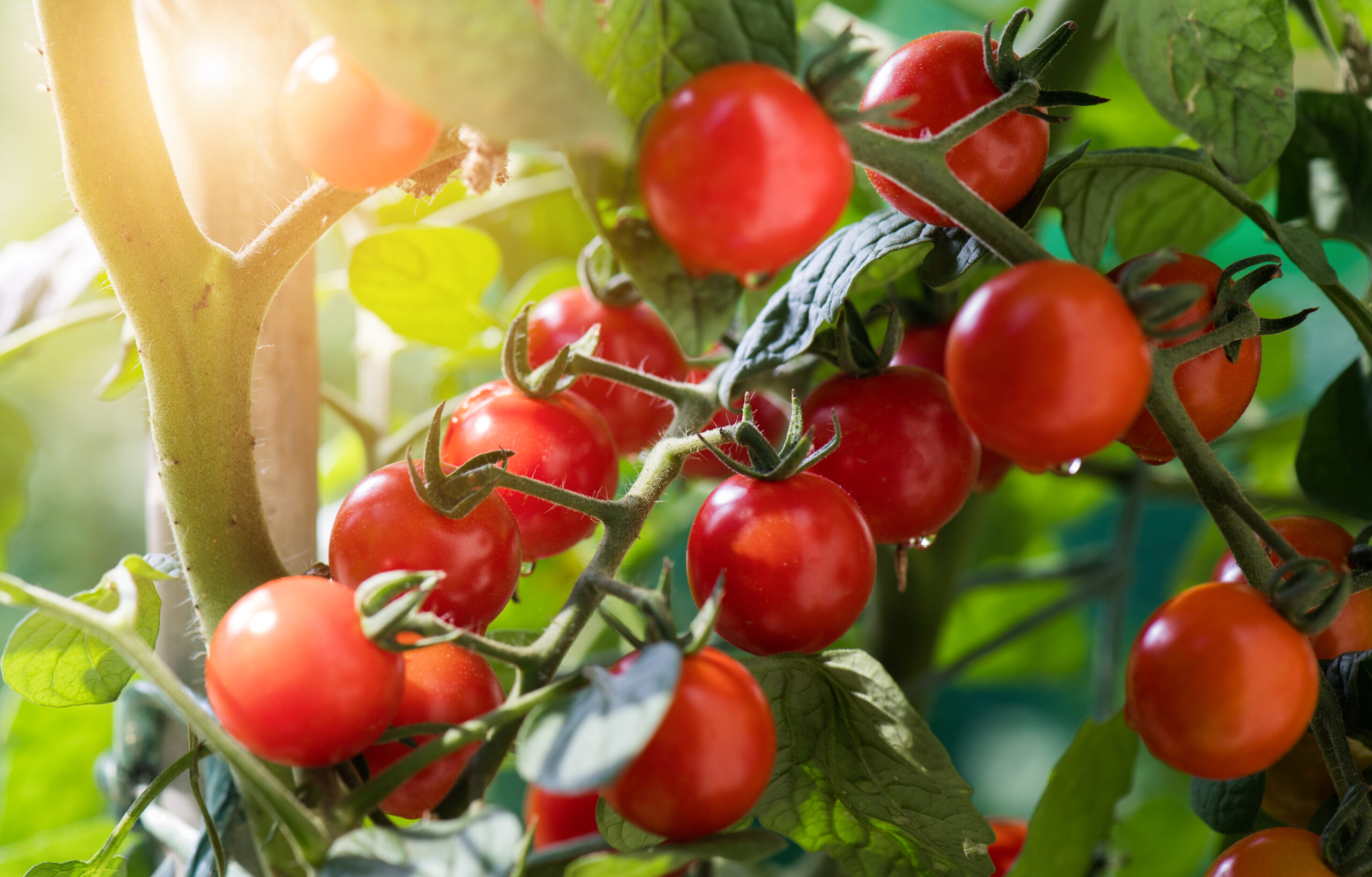Our land is barren, stripped bare to make way for giant farms that grow one crop for mass consumption. These crops are doused with chemical fertilizers and insecticides that rob the produce we eat of the vital nutrients that that we require to thrive. We now have to take vitamin supplements, because our food is no longer nutritious. And think about it. We ingest these poisons. Even if we wash the produce well, it’s still part of the plant.
Much of the soil on this earth has been poisoned with chemicals from factory farming. The water table has been poisoned, too – the water that we drink. The organic material in the soil that feeds the plants and holds water in the soil has been depleted from over farming. The topsoil is non-existent, blown away by the wind, because there is nothing to hold it there.
Shop at Bootstrap FarmerRegenerative agriculture is a game changer, a system of farming principles and practices that restore the purity and vitality to our land and the food it produces. This practice takes a holistic approach to growing crops, with a focus on rehabilitation of the soil through organic and no-till farming, permaculture, agroecology, holistic management, and agroforestry. Its principles focus on increasing biodiversity, enriching soil, regenerating and deepening topsoil, minimal soil disturbance, composting, improving water retention, and enhancing the overall ecosystem of the land.
This holistic approach to farming includes the total elimination of chemical fertilizers and pesticides, so our food is safe to eat and has more nutritive value. Regenerative agriculture increases crop yield, reduces disease, and is more healthful for the farming community at large. It also helps to reverse climate change through biosequestration, the capture of carbon in the soil to reverse current global atmospheric trends.
Chelsea Green Publishing – the leading publisher of sustainable living books since 1985.###






